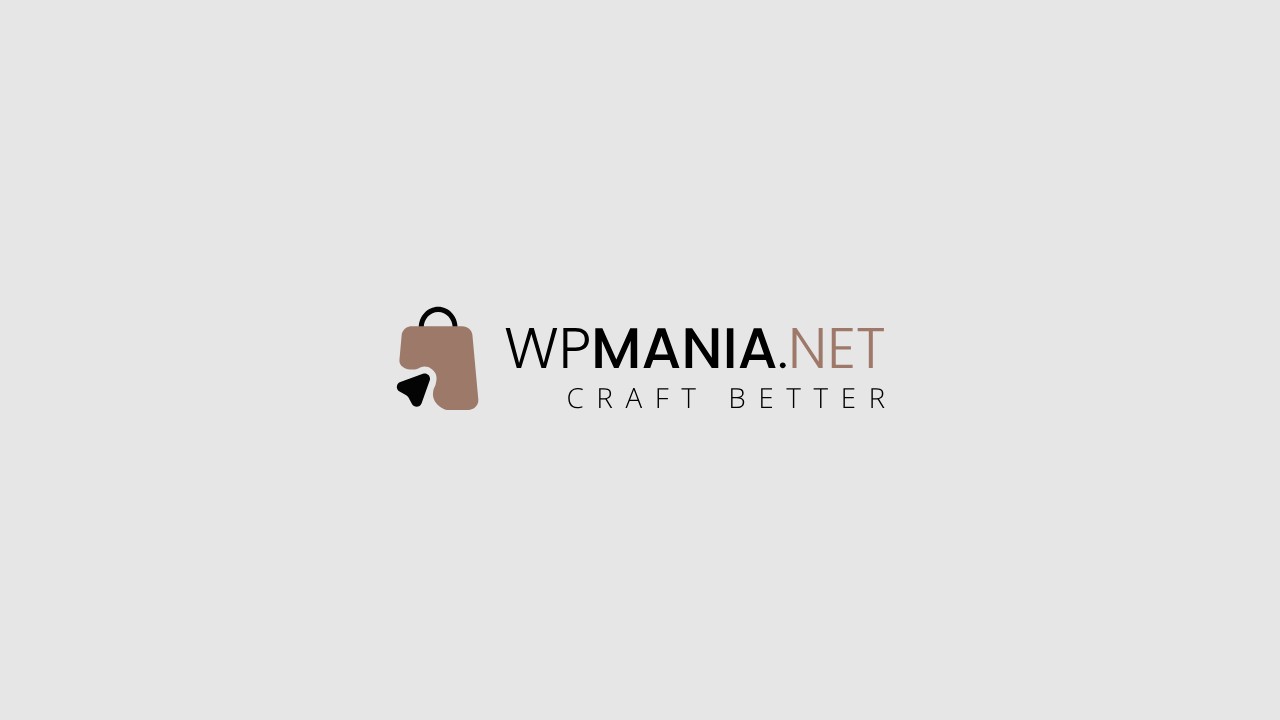Are you tired of juggling multiple WordPress sites? Managing multiple websites can be time-consuming and overwhelming. But fear not! With WordPress Multisite, you can manage multiple sites with ease. In this ultimate guide, we’ll show you everything you need to know about setting up a WordPress Multisite network, its advantages, and how to manage security in a multisite environment.
How to Use WordPress Multisite & Setting up a WordPress Multisite Network
Setting up a WordPress Multisite network is easy, and it starts with the installation of WordPress. Once you have installed WordPress, you can activate the multisite feature by modifying the wp-config.php file and adding some code to it. This step will create a network of sites that can be managed from a single dashboard. From there, you can add sites to the network and manage network settings.
Advantages of WordPress Multisite
WordPress Multisite has numerous advantages that make it an excellent choice for managing multiple websites. One of the benefits is that it allows centralized management of multiple websites from a single dashboard, saving you time and effort. Additionally, WordPress Multisite allows shared themes and plugins across all the sites in the network, making it easier to maintain a consistent look and feel across all the sites. Simplified user management and cost-effectiveness are other advantages of WordPress Multisite that make it an ideal choice for managing multiple sites.
Managing Security in WordPress Multisite
Security is a critical aspect of managing a WordPress Multisite network. With multiple sites in one network, the risk of security threats is higher. In this section, we’ll cover the security risks of WordPress Multisite and best practices for securing a multisite network. We’ll also recommend some security plugins for WordPress Multisite and how to monitor and detect security threats in a multisite network.
Overview of Security Risks in WordPress Multisite
WordPress Multisite has some unique security risks that can compromise the security of the entire network. For example, if one site in the network is hacked, it can put the security of all the sites at risk. Other security risks include plugin vulnerabilities, outdated software, and weak passwords.
Best Practices for Securing a Multisite Network
There are several best practices for securing a WordPress Multisite network. One of the best practices is to keep your WordPress core, themes, and plugins up-to-date. Another best practice is to use strong passwords and limit user access to critical areas of the site. Implementing a website firewall and regular backups are also essential security measures for WordPress Multisite.
Recommended Security Plugins for WordPress Multisite
Several security plugins can help improve the security of your WordPress Multisite network. Some of the recommended plugins include Wordfence, Sucuri Security, iThemes Security, and Jetpack. These plugins offer malware scanning, firewall protection, login protection, and two-factor authentication.
Monitoring and detecting security threats in a WordPress Multisite network is crucial to maintaining its security. Regularly monitoring your network for security vulnerabilities and unusual activity can help you detect security threats early. Setting up alerts for unusual activity, installing security plugins, and running regular scans can help you stay on top of security threats in a multisite network.
Performance Issues in WordPress Multisite
One of the performance issues that can arise in WordPress Multisite is slow loading times. With multiple sites in one network, the server can become overloaded, leading to slower loading times. Additionally, shared resources such as themes and plugins can cause conflicts and affect site performance. These issues can impact user experience and SEO rankings. You can visit here to know more about WordPress safety and security.
H3: Best Practices for Optimizing Performance in WordPress Multisite
There are several best practices for optimizing performance in WordPress Multisite. One of the best practices is to use a dedicated server or hosting provider that can handle the demands of multiple sites in a network. Another best practice is to optimize the network for speed by using caching and content delivery networks (CDNs). Additionally, using lightweight themes and plugins and avoiding shared resources can help improve site performance in a multisite network.
Managing multiple WordPress sites can be challenging, but with WordPress Multisite, it doesn’t have to be. By setting up a multisite network, you can save time, simplify user management, and reduce costs. However, it’s crucial to prioritize security and performance in a multisite environment. By implementing best practices for security and performance, you can ensure that your multisite network runs smoothly and efficiently. So, what are you waiting for? Start managing your multiple sites with ease using WordPress Multisite! Also, you may visit here to learn more about WordPress tips and tricks.


